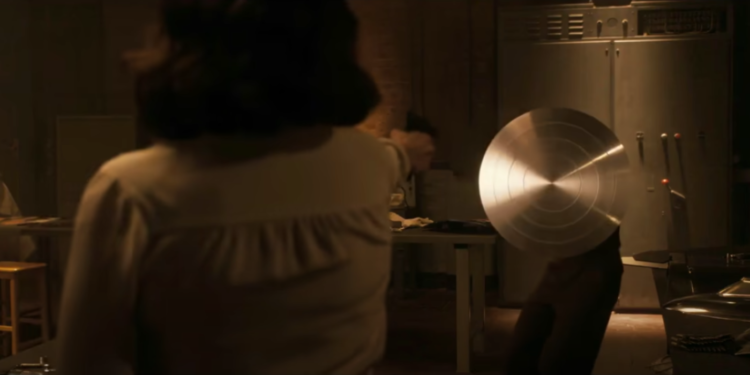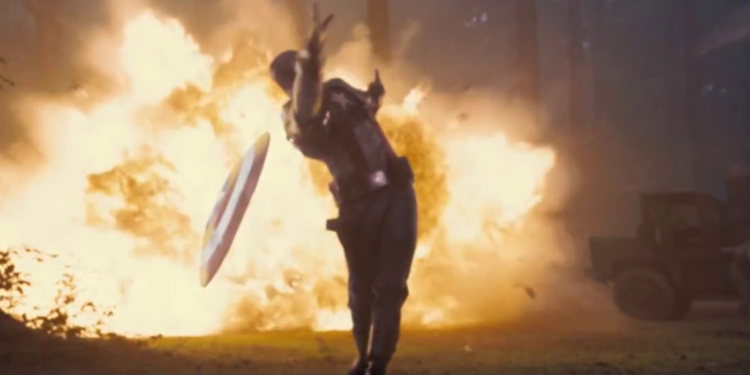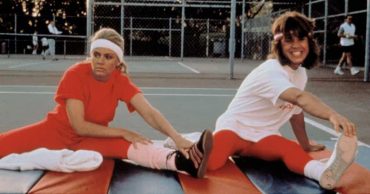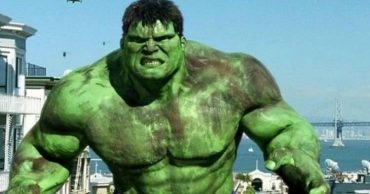Ever since its introduction in Captain America Steve Rogers’ shield has become an icon for the MCU, particularly during the Infinity Saga, and with it passing to Sam Wilson that is set to continue. Captain America is a symbol in a lot of ways, and the signature shield helps to refine that symbol. This star-spangled buckler represents both the country he serves and the way he chooses to use his power, as an object of protection and defense rather than offense.
Of course, Captain America can use it as a weapon when needed. One of his most commonly used tactics with Captain America’s shield is throwing it, bouncing and ricocheting it off of walls, people, etc. – as demonstrated so effectively in The Falcon and the Winter Soldier. It makes for a fun, highly visual use of his most recognizable symbol. But as entertaining as it is, the scientific explanation just doesn’t hold up. While action movies are free to bend physics, the rules provided in-universe for the shield don’t make sense with how it is then portrayed.
How The MCU Explains Vibranium’s Special Properties

One of the most notable aspects of Captain America’s shield is the material it’s made of: vibranium. Exceedingly rare outside of Wakanda, this miracle metal is one of the strongest materials in the Marvel Universe (there’s debate as to how it stacks up to the X-Men’s adamantium, but as that has yet to appear in the MCU it’s not part of this debate). In Captain America: The First Avenger, Howard Stark uses every last scrap he’s been able to find to craft Cap’s shield.
Peggy Carter explains that one of the things that makes vibranium so special is that it absorbs all force directed at it. The movie shows her shooting at the shield with Steve Rogers behind it, and all the bullets simply fall to the floor rather than ricochet. This is particularly impressive considering that the concave shape should encourage projectiles to bounce off of it in all directions.
Why The MCU’s Vibranium Couldn’t Allow Captain America’s Signature Tactics

While this property of vibranium as explained in Captain America is impressive, it runs into some problems as the movies progress. Newton’s Third Law Of Motion states that for every action there is an equal and opposite reaction. If two items interact, they both exert the exact same force on each other, equal in magnitude and opposite in direction. What that means for this context is that for an object to bounce, it has to strike a surface and impart some of its force to that surface. In turn, the surface exerts the same force back on the object, making it move in the opposite direction.
So if Captain America wants his shield to bounce off of anything, it needs to reflect force. But the film makes it very clear that vibranium can’t do that; it absorbs force. If it behaves in the way the movie shows us, any time Cap throws it at a wall (or person), it should hit and immediately thud to the ground. There’s been no in-universe attempt to square this, but none of the likely explanations adequately explain it. If it were an alloy with enough other metals to make it bounce, it wouldn’t stop bullets cold. If there were some gadget built into it to absorb and then redirect the force (like with Black Panther’s vibranium suit), it would be visible when the shield breaks in Avengers: Endgame. This may just be one of the rare world-building mistakes in an otherwise very solid character setup.Captain America’s shield
 Follow Us
Follow Us





